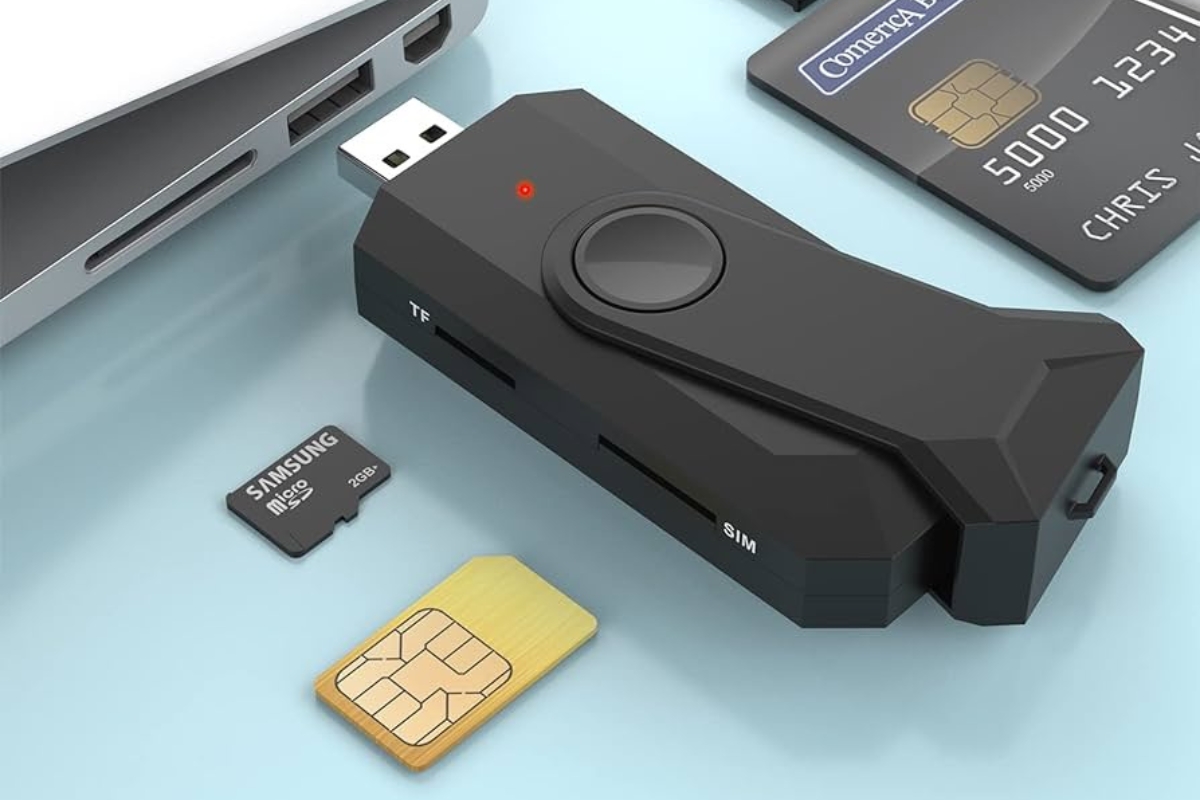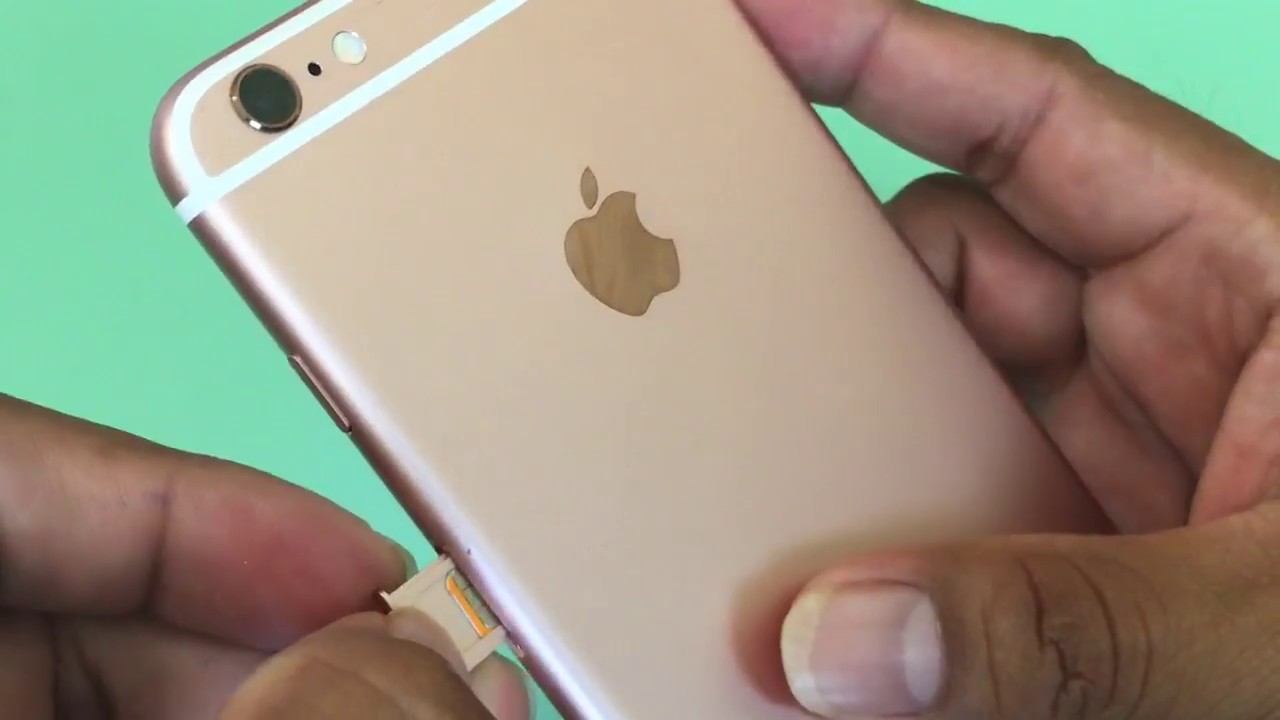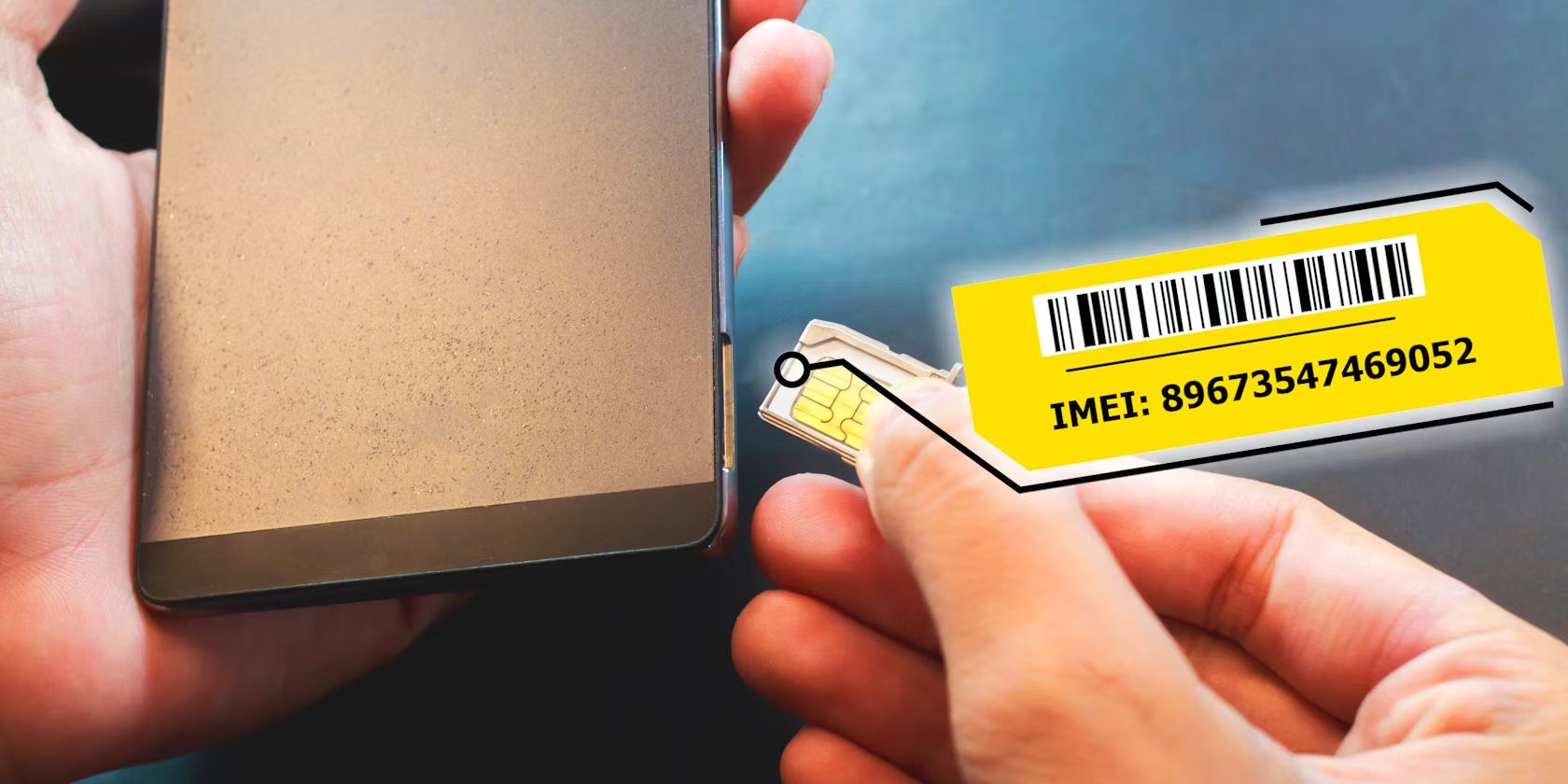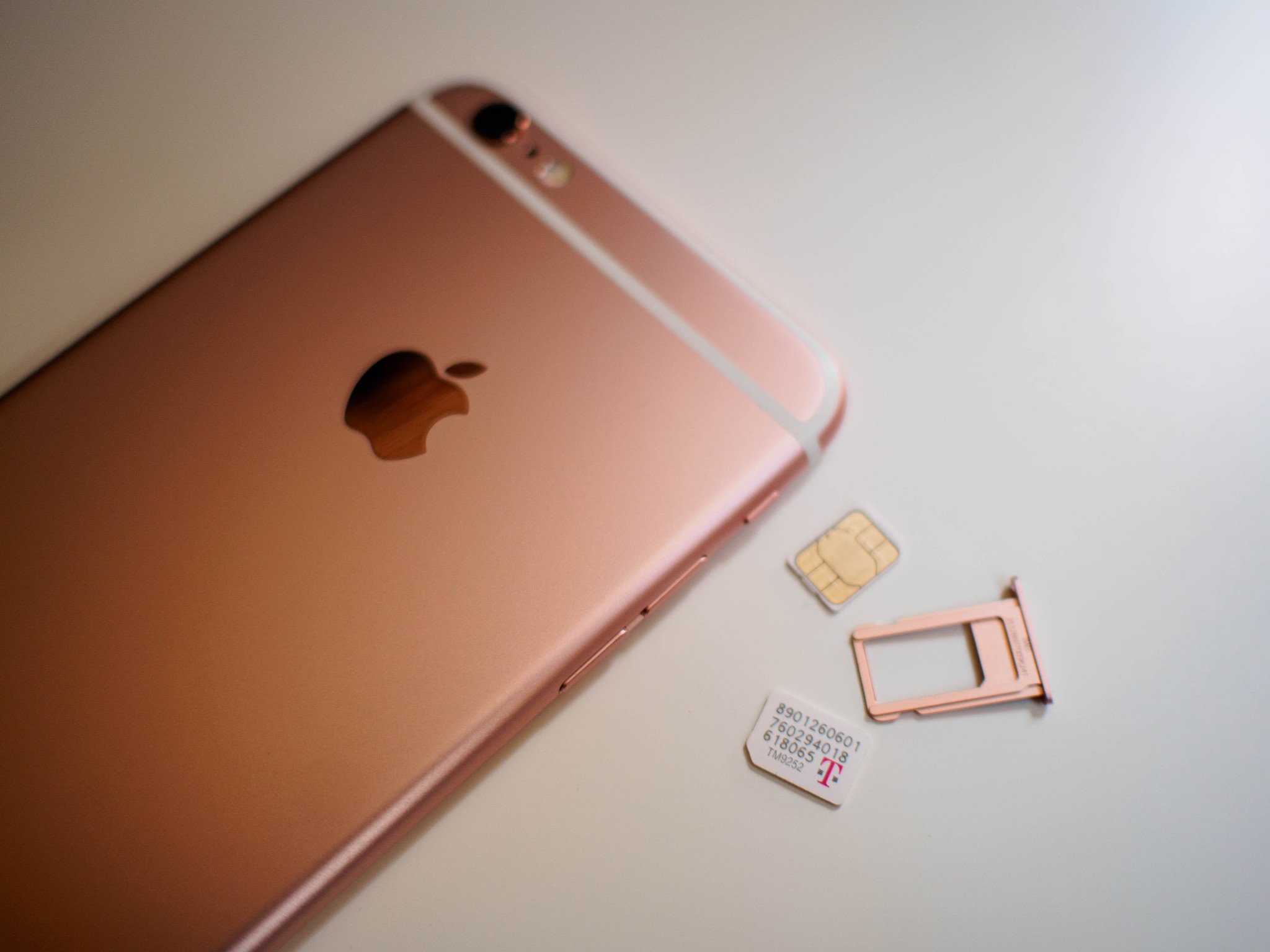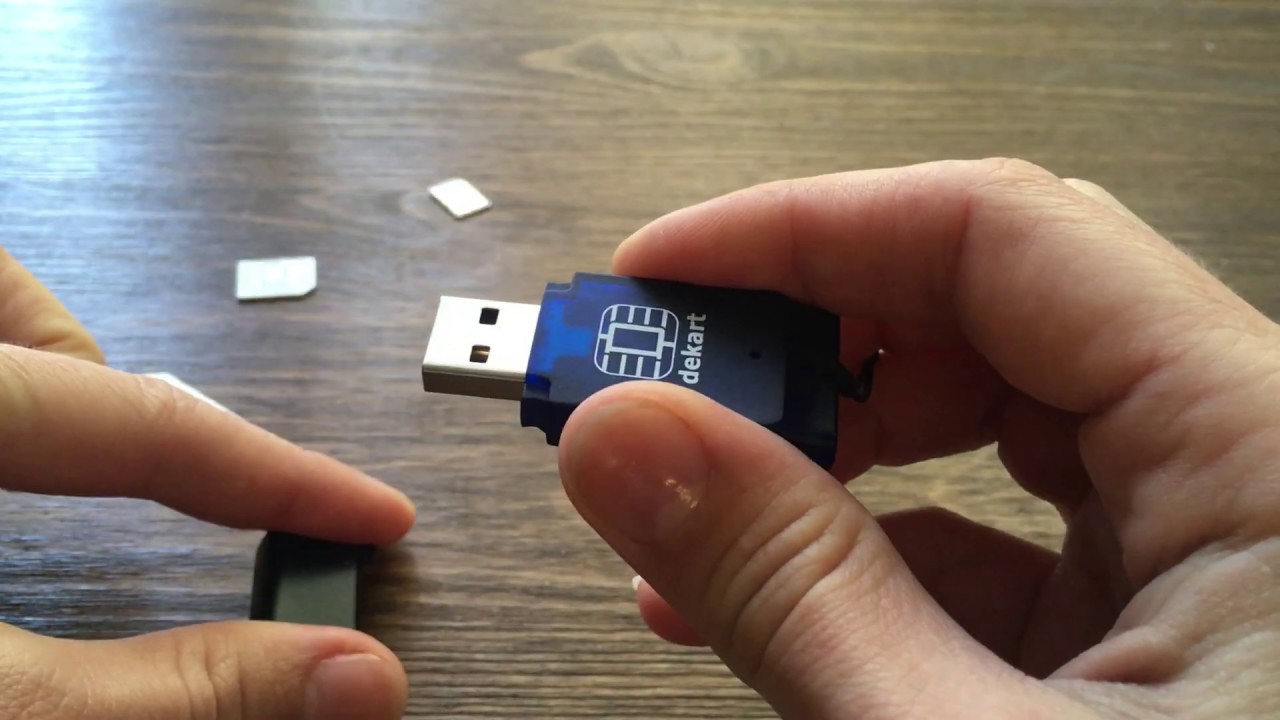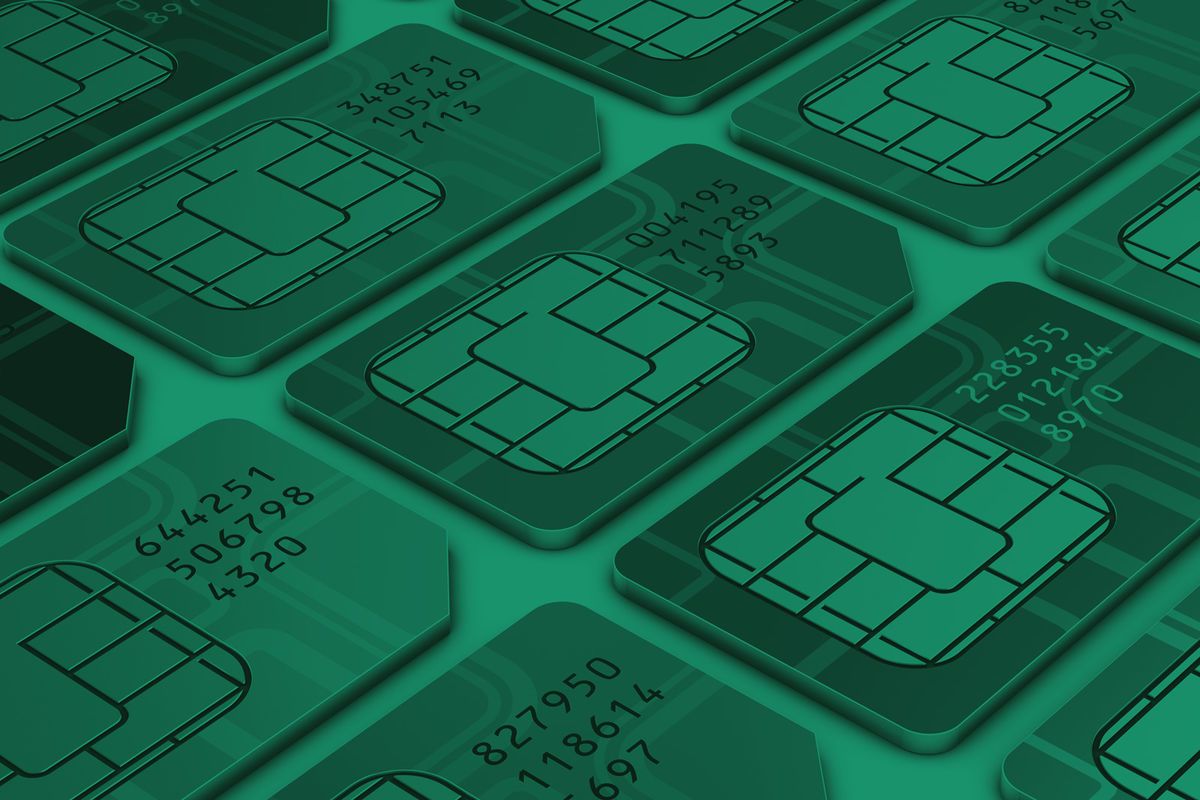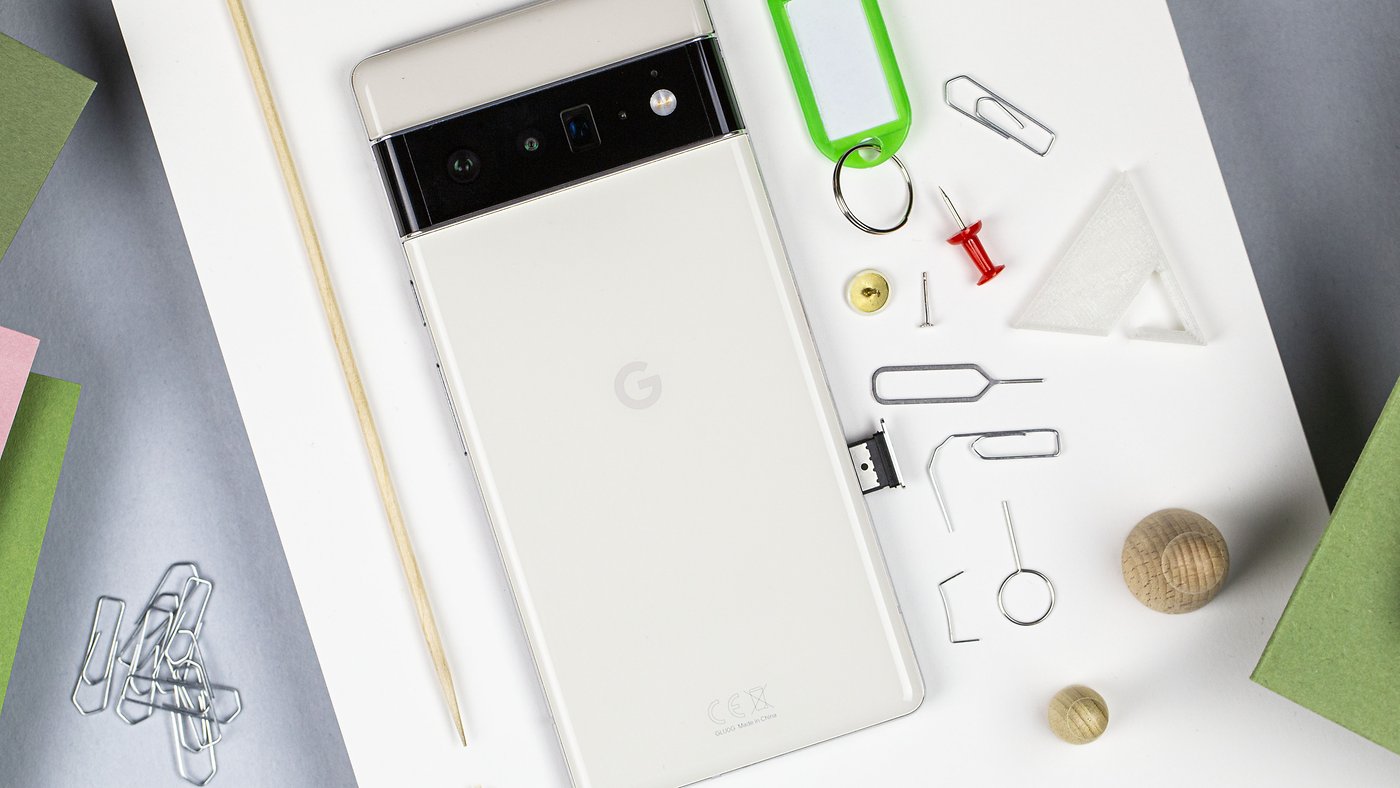Introduction
In the era of digital connectivity, the SIM card reader plays a crucial role in the functioning of mobile devices. Understanding the intricacies of this technology is essential for anyone seeking to delve into the world of mobile device management and data transfer. A SIM card reader is a small yet powerful device that allows users to access and manipulate the data stored on a SIM card. This can include personal contacts, text messages, and other vital information that is essential for the seamless operation of a mobile device.
The importance of a SIM card reader cannot be overstated, as it enables users to transfer data between devices, back up crucial information, and manage their SIM card data efficiently. Whether it's for personal use or professional applications, the versatility of a SIM card reader makes it an indispensable tool in the realm of mobile technology.
As we delve deeper into the functionality, types, uses, and advantages of SIM card readers, it becomes evident that these devices are not only practical but also versatile, offering a wide array of benefits to users. Whether you're a tech enthusiast, a professional in the mobile industry, or simply someone looking to understand the mechanics of mobile data management, exploring the world of SIM card readers can be an enlightening and empowering experience.
The following sections will provide a comprehensive overview of SIM card readers, shedding light on their inner workings, the different types available, their practical uses, and the advantages they offer. By the end of this exploration, you will have a comprehensive understanding of the role that SIM card readers play in the realm of mobile devices and the myriad ways in which they enhance our digital lives.
What is a SIM Card Reader?
A SIM card reader is a small electronic device designed to read the information stored on a SIM (Subscriber Identity Module) card. This compact yet powerful tool serves as a bridge between the SIM card and a computer or mobile device, enabling users to access, manage, and transfer data from the SIM card to other devices. The SIM card itself is a fundamental component of mobile devices, storing essential information such as contact details, text messages, and network authentication data. The SIM card reader facilitates the extraction and manipulation of this data, offering users a convenient means of managing their mobile information.
At its core, a SIM card reader is equipped with the capability to interface with the tiny integrated circuit embedded within the SIM card. This interaction allows the reader to retrieve and display the stored data, providing users with a window into the information contained within the SIM card. By connecting the SIM card reader to a computer or mobile device, users can unlock a wealth of data management capabilities, including the ability to back up contacts, transfer messages, and even edit SIM card information directly from their devices.
In essence, a SIM card reader serves as a conduit for the seamless transfer and manipulation of data stored on a SIM card, empowering users to take control of their mobile information. Whether it's for the purpose of data backup, information management, or SIM card editing, the functionality of a SIM card reader is indispensable in the realm of mobile technology. Its compact size and powerful capabilities make it a valuable tool for both personal and professional use, offering a convenient solution for managing SIM card data with ease.
In the next sections, we will delve deeper into the inner workings of SIM card readers, exploring how these devices function and the various types available in the market. By gaining a comprehensive understanding of the intricacies of SIM card readers, you will be well-equipped to harness the full potential of these versatile tools in your mobile device management endeavors.
How Does a SIM Card Reader Work?
A SIM card reader operates by establishing a connection with the integrated circuit embedded within the SIM card. This connection is facilitated through the use of specialized hardware and software components within the reader, allowing it to communicate with the SIM card and retrieve the data stored within. The process begins with the physical insertion of the SIM card into the designated slot on the reader, ensuring that the electrical contacts on the card align with those within the reader.
Once the SIM card is securely in place, the reader initiates a communication protocol to establish a connection with the integrated circuit on the SIM card. This communication is facilitated through a series of electrical signals and data exchange, enabling the reader to access the information stored within the SIM card. The reader then interprets the data retrieved from the SIM card and presents it in a readable format, typically through a connected computer or mobile device.
The software component of the SIM card reader plays a crucial role in facilitating the data transfer and manipulation process. It acts as an intermediary between the SIM card and the connected device, providing the necessary interface to view, edit, and manage the data stored on the SIM card. Additionally, the software may offer additional functionalities such as data backup, contact management, and SIM card editing, further enhancing the utility of the SIM card reader.
In essence, the SIM card reader serves as a gateway to the information stored within the SIM card, enabling users to access, manage, and transfer data with ease. Its seamless integration of hardware and software components allows for efficient communication with the SIM card, unlocking a myriad of data management capabilities for users. Whether it's extracting contact details, transferring text messages, or backing up crucial information, the SIM card reader simplifies the process of managing SIM card data, making it an invaluable tool for mobile device users.
By understanding the underlying mechanics of how a SIM card reader operates, users can harness its capabilities to streamline their mobile data management processes. The next section will delve into the various types of SIM card readers available in the market, offering insights into the diverse range of options that cater to different user needs and preferences.
Types of SIM Card Readers
SIM card readers come in various types, each offering distinct features and functionalities to cater to diverse user requirements. Understanding the different types of SIM card readers is essential for selecting the most suitable device for specific data management needs. Here are the primary types of SIM card readers available in the market:
-
USB SIM Card Readers: These compact devices are designed to connect directly to a computer or laptop via a USB port. They are widely popular for their plug-and-play functionality, allowing users to access and manage SIM card data without the need for additional power sources or complex setup procedures. USB SIM card readers are ideal for individuals seeking a convenient and portable solution for transferring and backing up SIM card data.
-
Mobile SIM Card Readers: As the name suggests, these SIM card readers are designed to interface directly with mobile devices, such as smartphones and tablets. They often come in the form of small, portable adapters that can be connected to the mobile device's charging port. Mobile SIM card readers offer on-the-go data management capabilities, allowing users to access and manipulate SIM card data directly from their mobile devices.
-
Multi-SIM Card Readers: This type of SIM card reader is equipped to handle multiple SIM card formats, making it a versatile solution for users with diverse SIM card requirements. Multi-SIM card readers support various SIM card sizes and formats, including standard, micro, and nano SIM cards, providing users with a comprehensive data management tool for multiple devices and SIM card types.
-
Bluetooth SIM Card Readers: These innovative SIM card readers utilize Bluetooth connectivity to establish a wireless connection with mobile devices or computers. Bluetooth SIM card readers offer the advantage of wireless data transfer and management, eliminating the need for physical connections and providing added convenience for users seeking a seamless and cable-free solution for accessing SIM card data.
-
Integrated SIM Card Readers: Some modern laptops and mobile devices come equipped with integrated SIM card readers, allowing users to directly access and manage SIM card data without the need for external readers. Integrated SIM card readers are seamlessly integrated into the device's design, offering a convenient and built-in solution for accessing and managing SIM card data.
Understanding the diverse range of SIM card reader types empowers users to make informed decisions when selecting the most suitable device for their specific data management needs. Whether it's the portability of USB SIM card readers, the on-the-go functionality of mobile SIM card readers, or the versatility of multi-SIM card readers, each type offers unique advantages tailored to different user preferences and usage scenarios.
Uses of a SIM Card Reader
A SIM card reader serves a multitude of practical purposes, making it a valuable tool for various data management tasks. Understanding the diverse uses of a SIM card reader sheds light on its versatility and the benefits it offers to users. Here are some common uses of a SIM card reader:
-
Data Backup and Retrieval: One of the primary uses of a SIM card reader is to facilitate the backup and retrieval of data stored on a SIM card. By connecting the reader to a computer or mobile device, users can effortlessly back up their contact details, text messages, and other essential information from the SIM card. This ensures that crucial data is securely stored and can be easily retrieved in the event of a device upgrade or data loss.
-
Contact Management: SIM card readers enable users to manage their contacts efficiently. By accessing the SIM card's contact list through the reader, users can add, edit, or delete contact information with ease. This functionality is particularly useful for individuals who prefer to manage their contacts directly from their computer or for professionals who need to update contact details in bulk.
-
SIM Card Editing: SIM card readers provide the capability to edit the information stored on the SIM card. Users can modify contact details, update network settings, and manage other SIM card data directly through the reader's interface. This feature is valuable for individuals who require precise control over the information stored on their SIM cards.
-
Transfer of Data Between Devices: SIM card readers facilitate the seamless transfer of data between SIM cards and various devices. Whether it's transferring contacts from an old SIM card to a new one or sharing text messages between devices, the reader simplifies the process of data transfer, ensuring that important information is readily accessible across different devices.
-
Forensic Analysis and Investigation: In forensic and investigative contexts, SIM card readers play a crucial role in extracting and analyzing data from SIM cards. Law enforcement agencies, digital forensics professionals, and private investigators utilize SIM card readers to retrieve vital information for investigative purposes, contributing to the gathering of evidence and the resolution of legal matters.
-
Testing and Development: Mobile device developers and software engineers leverage SIM card readers for testing and development purposes. By accessing and manipulating SIM card data through the reader, developers can simulate various network conditions, test applications that interact with SIM card data, and ensure the compatibility of their software with different SIM card configurations.
-
Personalization and Customization: SIM card readers enable users to personalize and customize their SIM card settings. Whether it's updating network preferences, configuring security settings, or customizing SIM toolkit applications, the reader provides a platform for users to tailor their SIM card experience according to their preferences.
The diverse uses of a SIM card reader underscore its significance as a versatile tool for managing SIM card data efficiently. From everyday tasks such as contact management and data backup to specialized applications in forensic analysis and software development, the reader empowers users with the means to take control of their SIM card data and enhance their mobile device experience.
How to Use a SIM Card Reader
Using a SIM card reader is a straightforward process that empowers users to access, manage, and transfer data stored on their SIM cards. Whether it's for data backup, contact management, or SIM card editing, understanding how to use a SIM card reader is essential for harnessing its full potential. Here's a step-by-step guide on how to use a SIM card reader effectively:
-
Insert the SIM Card: Begin by inserting the SIM card into the designated slot on the SIM card reader. Ensure that the SIM card is securely placed, with the electrical contacts on the card aligning with those within the reader. This physical connection is essential for establishing communication between the SIM card and the reader.
-
Connect to a Device: Depending on the type of SIM card reader, connect it to a computer, laptop, or mobile device using the appropriate interface. For USB SIM card readers, simply plug the device into a USB port on the computer. Mobile SIM card readers may connect directly to the mobile device's charging port. Bluetooth SIM card readers establish a wireless connection with compatible devices.
-
Install Software (if required): If the SIM card reader requires specific software for data management, install the provided software on the connected device. The software serves as an interface for accessing and managing the data stored on the SIM card, offering functionalities such as data backup, contact editing, and SIM card customization.
-
Access SIM Card Data: Once the SIM card reader is connected and any necessary software is installed, access the SIM card data through the provided interface. The software interface typically displays the contact list, text messages, and other information stored on the SIM card, allowing users to view, edit, and manage the data as needed.
-
Perform Data Management Tasks: Utilize the features provided by the SIM card reader and associated software to perform various data management tasks. This may include backing up contact details, transferring text messages to the connected device, editing contact information, and customizing SIM card settings.
-
Eject the SIM Card: After completing the necessary data management tasks, safely eject the SIM card from the reader. This ensures that the SIM card is removed without causing any damage and is ready for use in a mobile device.
By following these steps, users can effectively utilize a SIM card reader to access, manage, and transfer data stored on their SIM cards. Whether it's for personal data management or professional applications, the ease of use and practical functionalities of a SIM card reader make it an invaluable tool for enhancing mobile device experiences.
Advantages and Disadvantages of SIM Card Readers
SIM card readers offer a range of advantages that make them indispensable tools for managing SIM card data. Understanding these advantages, along with the potential limitations, provides valuable insights for users considering the integration of a SIM card reader into their mobile device management practices.
Advantages
-
Data Accessibility: SIM card readers empower users to access and manage the data stored on their SIM cards with ease. Whether it's backing up contact details, transferring text messages, or editing SIM card information, the reader provides a convenient platform for data accessibility.
-
Data Backup and Recovery: One of the primary advantages of SIM card readers is their ability to facilitate data backup and recovery. Users can securely store their contact details and other vital information, ensuring that it can be readily retrieved in the event of device loss or damage.
-
Contact Management: SIM card readers offer a streamlined approach to contact management, allowing users to add, edit, or delete contact information directly from their computers or mobile devices. This feature is particularly beneficial for individuals with extensive contact lists or those requiring bulk contact management capabilities.
-
Versatility: With various types of SIM card readers available, including USB, mobile, multi-SIM, Bluetooth, and integrated readers, users can select a device that aligns with their specific preferences and usage scenarios. This versatility ensures that users can find a suitable reader to cater to their unique data management needs.
-
Forensic and Investigative Applications: SIM card readers play a crucial role in forensic analysis and investigative activities, enabling the extraction and analysis of data from SIM cards for legal and investigative purposes. This makes SIM card readers valuable tools in the realm of digital forensics and law enforcement.
Disadvantages
-
Compatibility Limitations: Some SIM card readers may have limitations in terms of compatibility with specific SIM card formats or devices. Users must ensure that the reader they select is compatible with their SIM card type and the devices they intend to use it with.
-
Security Considerations: While SIM card readers offer valuable data management capabilities, there are potential security considerations, particularly when it comes to the handling and storage of sensitive SIM card data. Users must exercise caution to prevent unauthorized access to their SIM card information.
-
Software Dependencies: Certain SIM card readers may require the installation of specific software for data management functionalities. Users should consider the reliance on proprietary software and ensure that it aligns with their operating systems and security requirements.
-
Physical Wear and Tear: The physical insertion and removal of SIM cards from the reader may lead to wear and tear over time. Users should handle the SIM card and reader with care to prevent damage to the electrical contacts and ensure continued functionality.
By weighing these advantages and disadvantages, users can make informed decisions regarding the integration of SIM card readers into their mobile device management practices. The practical benefits of data accessibility, backup capabilities, contact management, and versatility position SIM card readers as valuable tools, while considerations such as compatibility, security, software dependencies, and physical durability provide valuable insights for users seeking to leverage the full potential of these devices.
Conclusion
In conclusion, the SIM card reader stands as a pivotal tool in the realm of mobile device management, offering a gateway to the data stored on SIM cards and empowering users with versatile data management capabilities. From USB and mobile SIM card readers to multi-SIM, Bluetooth, and integrated readers, the diverse range of options caters to the specific needs and preferences of users, ensuring seamless access to SIM card data. The advantages of data accessibility, backup and recovery, contact management, and forensic applications position SIM card readers as indispensable assets in both personal and professional settings.
While the practical benefits of SIM card readers are evident, it is essential for users to consider factors such as compatibility, security, software dependencies, and physical durability when integrating these devices into their mobile device management practices. By understanding the advantages and potential limitations of SIM card readers, users can make informed decisions and leverage the full potential of these devices to streamline their data management processes.
As technology continues to evolve, the role of SIM card readers remains integral, offering a bridge between the physical SIM card and the digital realm. Whether it's for backing up crucial contact details, managing SIM card data, or facilitating forensic investigations, the SIM card reader serves as a reliable and versatile tool for users seeking to take control of their mobile device experiences.
In essence, the SIM card reader embodies the convergence of physical and digital connectivity, providing users with the means to access, manage, and transfer vital data stored on their SIM cards. As mobile devices continue to play a central role in our daily lives, the significance of SIM card readers in ensuring seamless data management cannot be overstated. Whether it's for personal use or professional applications, the SIM card reader stands as a testament to the ever-evolving landscape of mobile technology, offering practical solutions for users to engage with their mobile data in a meaningful and efficient manner.







